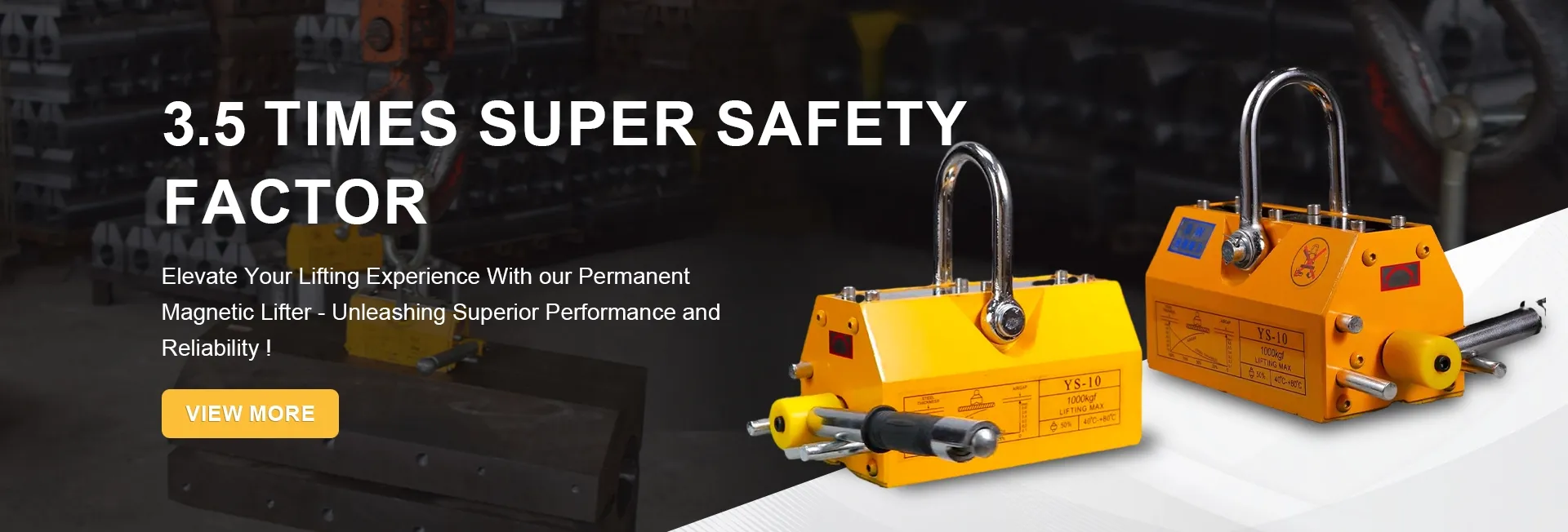Factors Influencing Expenses of Relocating Large Industrial Equipment
The Cost of Moving Heavy Machinery An In-Depth Analysis
Moving heavy machinery is a crucial aspect of various industries, from construction to manufacturing. While the upfront costs of purchasing heavy equipment can be significant, the costs associated with moving that machinery can also have a considerable impact on a project's overall budget. This article will explore the factors influencing the cost of moving heavy machinery, the methods involved, and strategies for mitigating these expenses.
Factors Influencing Costs
1. Type and Size of Machinery The most prominent factor affecting the cost of moving heavy machinery is its type and size. Larger equipment such as cranes, excavators, and bulldozers often require specialized transport. These machines are not only heavy but also have unique dimensions, demanding custom transport solutions that can increase costs substantially.
2. Distance and Terrain The distance to be covered is another critical factor. Transportation over short distances may require less logistical planning compared to long-haul moves. Moreover, the terrain plays a significant role; transporting machinery through rugged landscapes or urban environments may require additional equipment, such as flatbed trucks, specialized trailers, or escort vehicles.
3. Labor Costs Skilled labor is essential for safely moving heavy machinery. The labor costs can vary depending on the complexity of the move and the need for specialized workers. For instance, when dismantling and reassembling machinery, costs can escalate because of the advanced skills required.
4. Permits and Regulations Moving heavy machinery often involves navigating various local, state, and federal regulations. Large loads typically require special permits, which can involve fees and extensive paperwork. Compliance with safety regulations also requires adequate insurance coverage, adding another layer to the cost equation.
5. Insurance and Liability Since heavy machinery transport involves significant risks, securing the appropriate insurance is vital. Adequate coverage protects against damages during transit, but it can add to overall costs. Companies must weigh the expense of insurance against the potential financial fallout from incidents during transport.
Methods of Moving Heavy Machinery
1. Flatbed Trucks These are commonly used for transporting heavy equipment. They offer versatile solutions for various types of machinery and can accommodate awkward dimensions.
2. Heavy Haulers For particularly large or heavy pieces of equipment, heavy haulers equipped with specialized trailers are essential. These transports require precise planning and coordination to handle the load safely.
cost of moving heavy machinery

3. Cranes and Lifts Sometimes, it may be necessary to use cranes or lifts to reposition equipment on-site or to load it onto transport vehicles.
4. Dismantling and Reassembly In certain situations, machinery must be disassembled to facilitate transport. This process incurs additional costs due to labor and time required for reassembly.
Strategies for Cost Mitigation
1. Planning and Scheduling Effective planning is key to minimizing costs. By scheduling moves during off-peak hours or seasons, companies can avoid higher rates and potential delays.
2. Utilizing Technology Investing in logistics software can enhance route planning and load optimization. This minimizes wear on the equipment and reduces fuel costs.
3. Hiring Experienced Professionals Engaging with a reputable transportation service that specializes in heavy machinery can yield better outcomes, as they are adept at navigating the complexities of such moves efficiently.
4. Conducting Risk Assessments A thorough risk assessment before the move can identify potential hazards and help mitigate unexpected costs. This proactive approach allows for better budget management.
5. Training Internal Staff By training a team to manage equipment moves internally, companies can reduce reliance on external services and cut down on labor costs.
Conclusion
The cost of moving heavy machinery is a multifaceted challenge that requires careful consideration of various factors. By understanding the elements that contribute to these costs and actively seeking ways to mitigate them, companies can better manage their budgets while ensuring the safe and efficient relocation of their vital equipment. Ultimately, the goal should be to balance cost-effectiveness with safety and operational efficiency to achieve successful project outcomes.
-
Dawei Hand Pallet Truck 1200mm, 2000–5000 KGS Heavy-DutyNewsNov.17,2025
-
Dawei Hand Pallet Truck, Fork Length 1200mm, 2000–5000kgNewsNov.17,2025
-
Large Equipment Movers – Safe, Insured & On-Time ServiceNewsNov.17,2025
-
Machine Moving Dollies | Heavy-Duty, Low-Profile, SafeNewsNov.17,2025
-
Permanent Lifting Magnet - Heavy-Duty, Safe, Quick ReleaseNewsNov.11,2025
-
PML 1000 Lifting Magnet - Heavy-Duty, Safe, No PowerNewsNov.11,2025
-
Large Equipment Movers: Safe, Fast, Certified ProsNewsNov.11,2025
